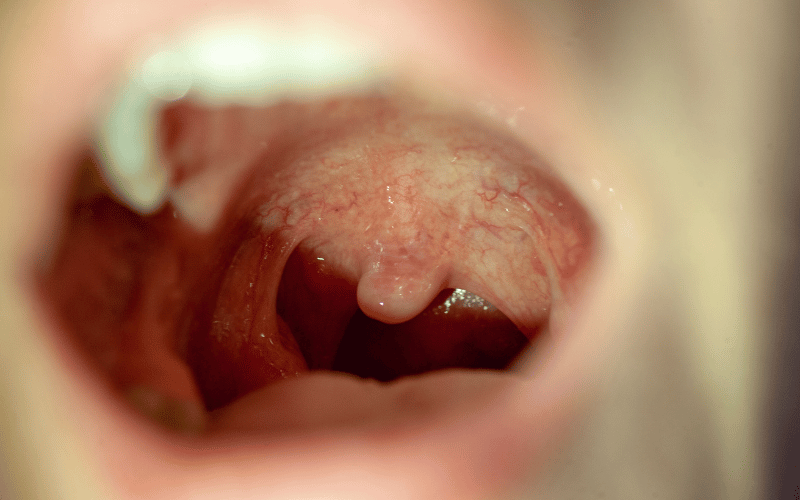Introduction: Gingivostomatitis – A Closer Look at an Unpleasant Oral Condition
Gingivostomatitis, particularly of the herpetic variety, may not be a term you hear every day. However, for those who have experienced it or seen a loved one go through its symptoms, it’s a word they won’t quickly forget. This oral condition, while not life-threatening, can cause significant discomfort and inconvenience. Diving deeper into understanding this ailment will help you recognize its symptoms, leading to timely medical intervention.

At its core, herpetic gingivostomatitis is an inflammation of the mouth. It results from an infection with the herpes simplex virus, similar to the one that causes cold sores. But unlike cold sores, which usually appear around the lips, gingivostomatitis affects the inside of the mouth. It’s most common in children, but that doesn’t mean adults are immune. No matter the age, it can be a source of distress.
The ten symptoms outlined in this article are the most common manifestations of this condition. By recognizing these early on, you can take the necessary steps to manage the condition and alleviate its effects. Awareness is essential; it’s the bridge between unnecessary suffering and a swift return to comfort.
Now, let’s delve into the distinct symptoms that characterize gingivostomatitis.
Symptom 1: Painful Mouth Sores

Herpetic gingivostomatitis prominently presents itself with painful mouth sores, making this the most recognizable symptom. These sores aren’t just any regular ulcers; they have a unique appearance. Often, they have a reddish border, enclosing a white or yellow center. These ulcers can suddenly appear on the tongue, the inner cheeks, or even on the gums. Their presence can be a hindrance, affecting daily activities like eating, drinking, or speaking.
Now, what’s particularly noteworthy about these sores is that they’re not a mere result of biting one’s tongue or cheek accidentally. They are a manifestation of a viral infection. The pain can range from a dull ache to a sharp, stinging sensation, much worse than typical canker sores.
People often resort to over-the-counter pain relievers to manage this discomfort. However, these may not always be effective. For some, these ulcers can even result in difficulty sleeping due to the pain. The sores can last up to two weeks, though they might heal sooner with proper treatment. (1)